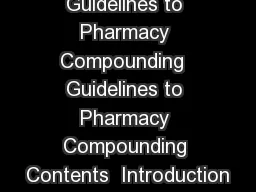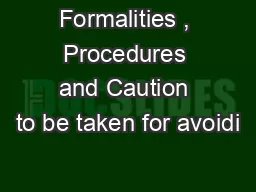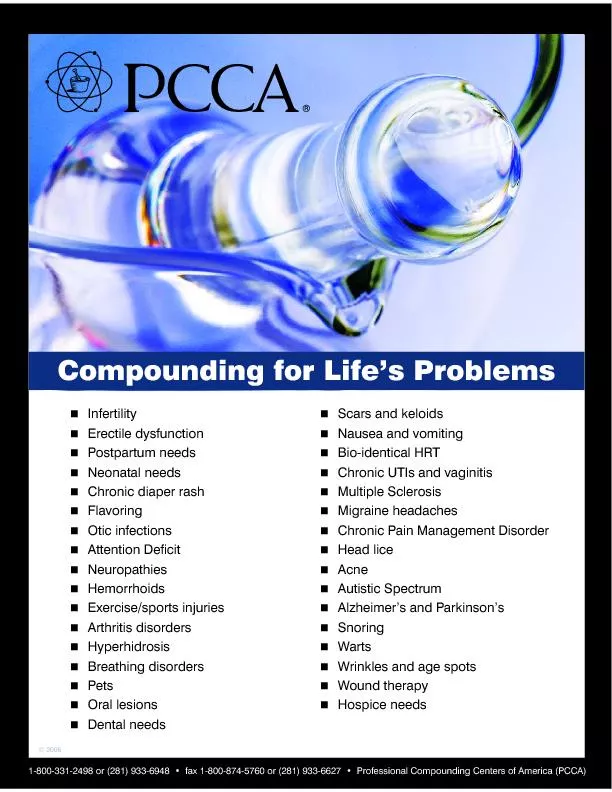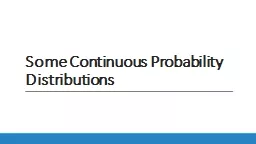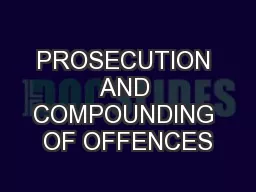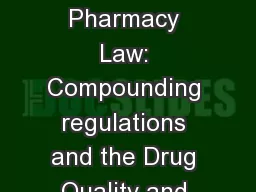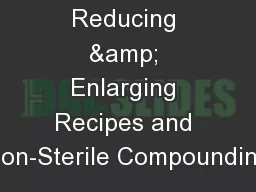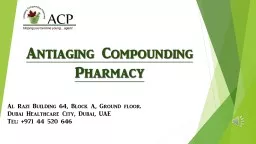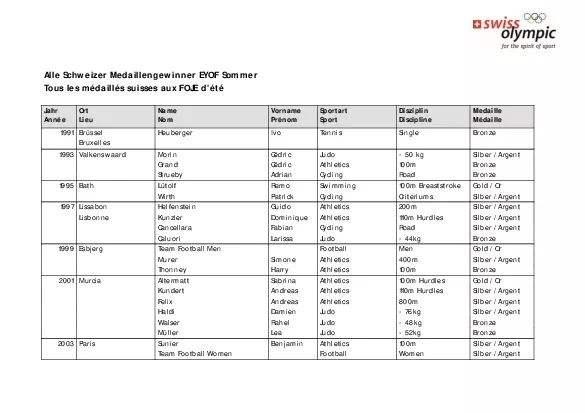PDF-Continuous Compounding Some Basics WL Silber Because you may enco
Author : evelyn | Published Date : 2021-10-01
encounter continuously compounded discount rates when we examine the BlackScholes option pricing formula here is a brief introduction to what happens when something
Presentation Embed Code
Download Presentation
Download Presentation The PPT/PDF document "Continuous Compounding Some Basics WL ..." is the property of its rightful owner. Permission is granted to download and print the materials on this website for personal, non-commercial use only, and to display it on your personal computer provided you do not modify the materials and that you retain all copyright notices contained in the materials. By downloading content from our website, you accept the terms of this agreement.
Continuous Compounding Some Basics WL Silber Because you may enco: Transcript
Download Rules Of Document
"Continuous Compounding Some Basics WL Silber Because you may enco"The content belongs to its owner. You may download and print it for personal use, without modification, and keep all copyright notices. By downloading, you agree to these terms.
Related Documents


